It’s easy to assume that the most powerful animals in nature have giant roars, loud shrieks, or interesting calls. But this list proves that some of the strongest forces of nature don’t need to make a sound! The quietest animals on Earth are well-equipped to navigate life without a peep.
Some of these animals are large, and some are tiny, but they’re all equipped with adaptations that prepare them to navigate their environments without a howl or honk. While some amazing creatures let out the occasional hiss (or even a snore!), they are generally silent. To stay safe and communicate with one another, these quiet creatures have to get creative.
To learn about the amazing adaptive capabilities of these creatures, read on. Discover 16 of the quietest animals on Earth and what they do to stay safe in the world without any noise.
Jellyfish

While their stingers provide stellar defense, one of the big advantages jellyfish have in their environment is the ability to blend in. Their bodies are 98% water, so spotting them under the sea is tough. Additionally, their stingers, which contain venom, help to keep these jellyfish safe from predators.
©VictorHuang/iStock via Getty Images
Jellyfish are one of the many powerful animals on Earth that do not need to make sounds. These transparent animals navigate life without a centralized brain, so they couldn’t communicate verbally even if they tried! Jellyfish are one of the only species on this list that don’t communicate. While they swim in groups, scientists haven’t found any evidence that jellyfish communicate.
Butterflies

Without a chilling noise, butterflies have to protect themselves in various ways. Sometimes, the bright colors of the butterfly’s wings serve as a warning sign that the
butterfly
doesn’t taste good, so predators stay away!
©Super Prin/Shutterstock.com
Butterflies are another one of the quietest animals on Earth. There are a few different ways insects can make noise, but most butterflies communicate uniquely and silently: chemicals. Except for cracker butterflies, which communicate by clapping their wings loudly, most butterflies provide chemical cues as their primary communication. The chemicals are used a lot during mating.
Worms
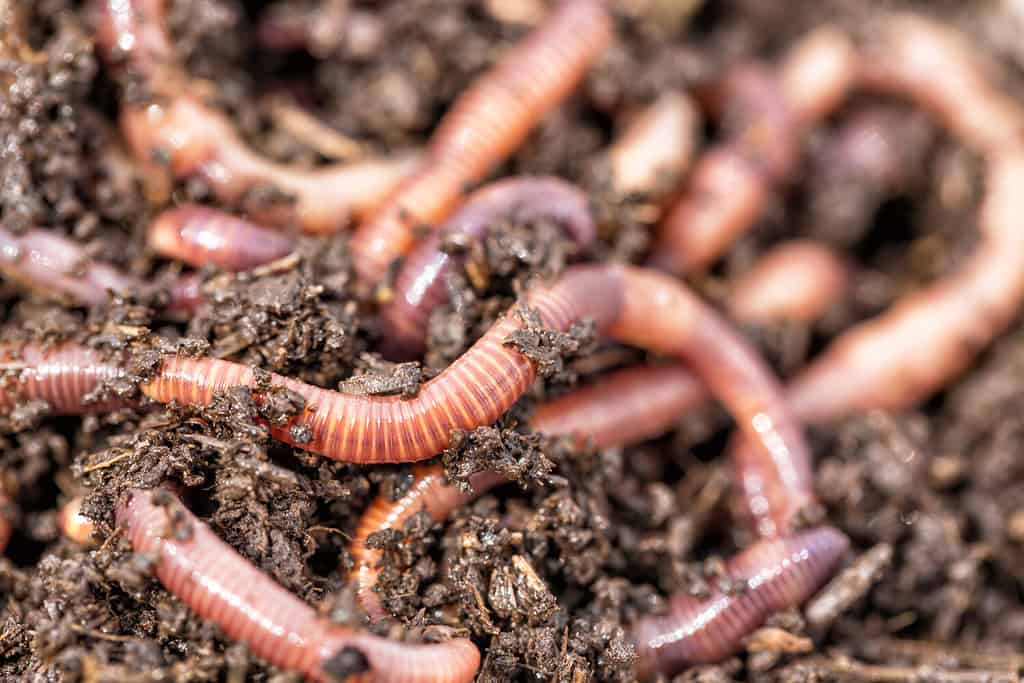
Instead of letting out a roar like a
lion
, earthworms stay safe by burrowing deep in the sand. They’re defensive, not offensive, creatures.
©Nick N A/Shutterstock.com
Worms are another type of insect that go through their life without making a peep. Earthworms communicate using other senses, such as touch and taste. Their small bodies can also sense vibrations around them, so if a predator approaches, the worm can move in a new direction. With all these silent adaptations, there’s no need for worms to make a sound.
Sloths

The best defense mechanism of a sloth is its ability to camouflage. These animals aren’t great fighters, but they can blend into their environment well!
©Janossy Gergely/Shutterstock.com
One of the quietest mammals roaming Earth today is the sloth. These animals aren’t completely silent but don’t make much noise. Sloths primarily communicate using short and varied noises, like a high-pitched squeak or a hiss in defensive situations. But these animals are tranquil when a sloth isn’t provoked or distressed. Not only are they quiet, but they can’t hear very well. So, communicating verbally doesn’t make too much sense!
Rabbits
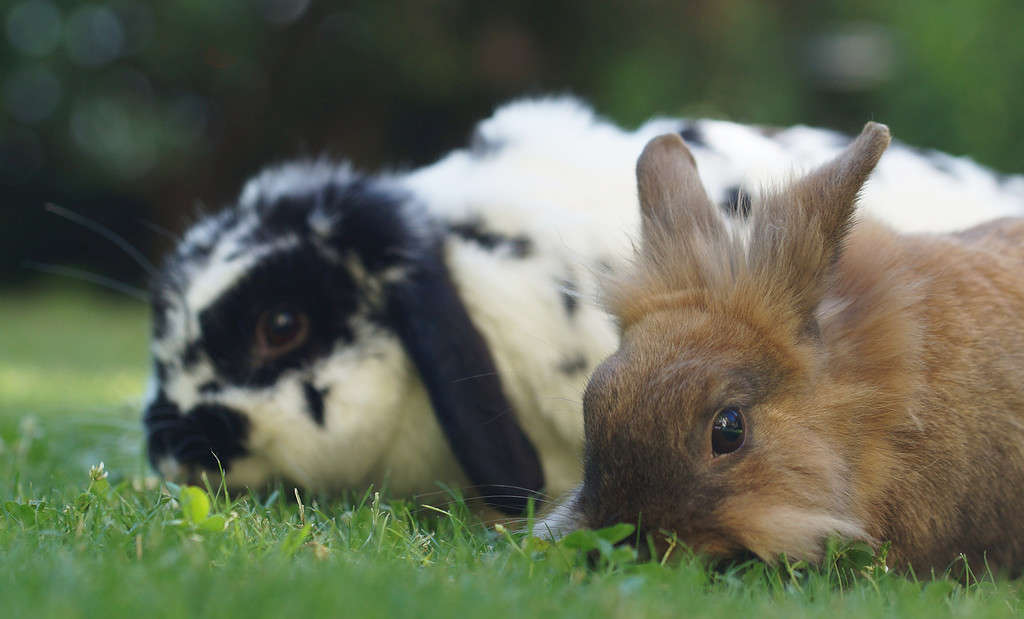
Like sloths, rabbits don’t possess a lot of fighting ability. To stay safe in the wild, they move to bushes and areas where they can hide.
©Sophia Floerchinger/ via Getty Images
Rabbits are another type of mammal that very rarely makes any noise. In pain, rabbits will squeak or two, but they are generally silent. However, some rabbits have been known to snore in their sleep just like humans do! To communicate with one another, rabbits generally use body language. This can include nudging and nipping, among plenty of other things that humans aren’t attuned to pick up.
Snakes
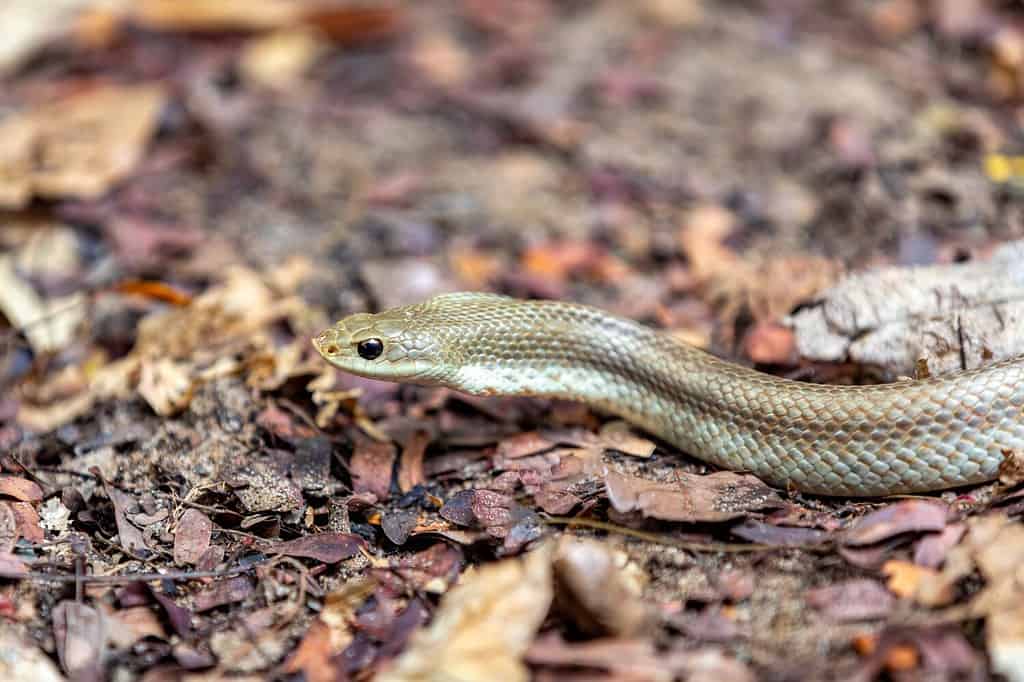
Similar to butterflies, snakes use chemicals to communicate with one another. Pheromones are the primary communication method of these reptiles.
©Artush/Shutterstock.com
Snakes are a species of reptile that are generally completely silent. While some types of snakes hiss or possess a rattling tale, snakes rarely make a sound. Most reptiles are quiet. A few lizard exceptions can make a chirp, but snakes don’t have the ability to vocalize. However, they have a lot of other ways to stay safe. Some snakes possess venomous fangs, while others are dangerously fast. Snakes don’t need the help of a roar!
Giraffes

Giraffes stay safe by remaining in groups. Predators are intimidated by large numbers of these animals!
©Volodymyr Burdiak/Shutterstock.com
The giraffe is one of the largest animals on the list of quietest animals in the world. Giraffes are tall and beautiful, but they communicate pretty quietly. On occasion, in danger, a giraffe will let out a snort. Mothers can also holler for their children. However, the species as a whole is almost completely silent. Beyond their small language of huffs and hisses, giraffes communicate with scents and body language.
Sharks

It’s pretty clear how sharks stay safe without sound. They’re quick and aggressive, capable of tearing apart prey of all sizes.
©solarseven/Shutterstock.com
As one of the most dangerous species in the ocean, it’s surprising that sharks don’t make a sound. They completely lack any organ capable of producing a pitch or noise. Sharks are great communicators, however. They communicate with one another through body language. Opening their mouths is a part of their language! If I had to guess, that would mean… get out of the way!
Spiders
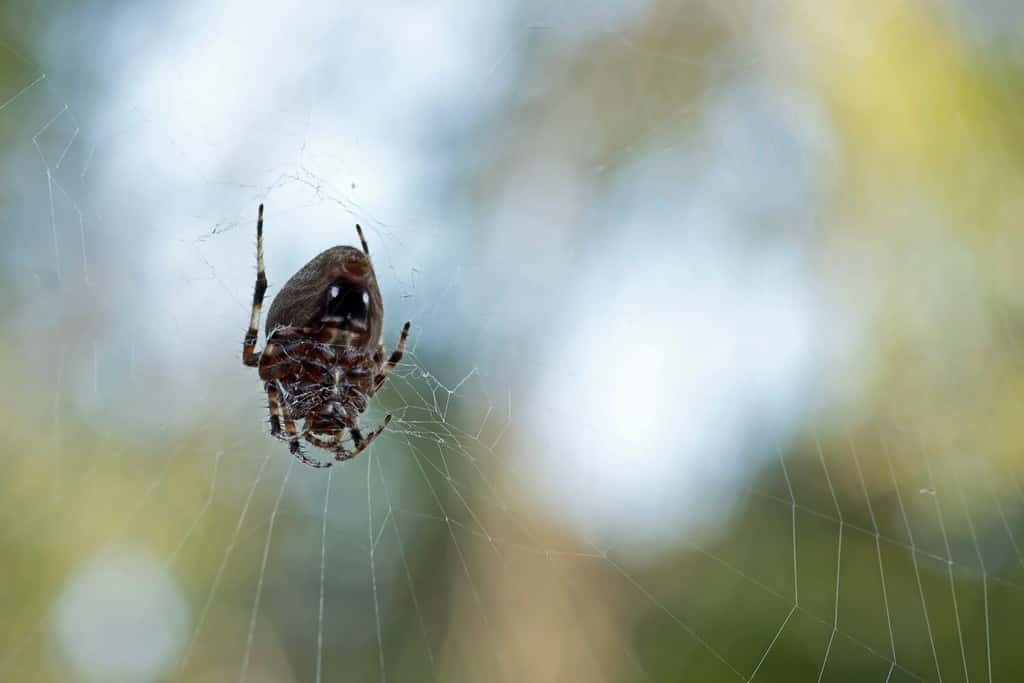
Like many species on this list, spiders also use pheromones to communicate. Chemicals are an easy way to communicate that lots of animals utilize nonverbally!
©Katie Flenker/Shutterstock.com
Spiders are incredible arachnids that navigate through their lives without making a noise. These creatures are certainly on the list of the quietest animals on Earth! A few species of spiders can hiss or buzz, but generally, spiders are silent. They communicate in other ways, primarily using vibrations to talk to one another. Specific vibrational patterns mean certain things, and scientists have studied what actions are associated with various patterns!
Snails

These mollusks stay safe in a few different ways. Their shell plays a vital role in their ability to defend themselves, as well as their mucusy trail.
©Elen Marlen/iStock via Getty Images
Snails are a species of invertebrates that can live on land or in water. These mollusks don’t need to verbalize to one another, as they have other methods of communication! Pheromone communication is the primary way that snails speak to each other. The trails left behind by snails are a part of their communication with other animals. The mucus in their trail can smell unpleasant, so it is one of their defense mechanisms!
Octopus

These incredible animals have a lot of ways to stay safe without noise, including camouflage, hiding, and ejecting ink!
©Allexxandar/Shutterstock.com
Octopuses are another underwater species that don’t use noise to communicate. The octopus, instead, uses their body language to make their “voice” heard. However, these amazing creatures have more than just a shrug and a nod to communicate with. Many types of octopuses can change their color as a method of communication! Another way octopuses communicate is by moving their many limbs around.
Goldfish
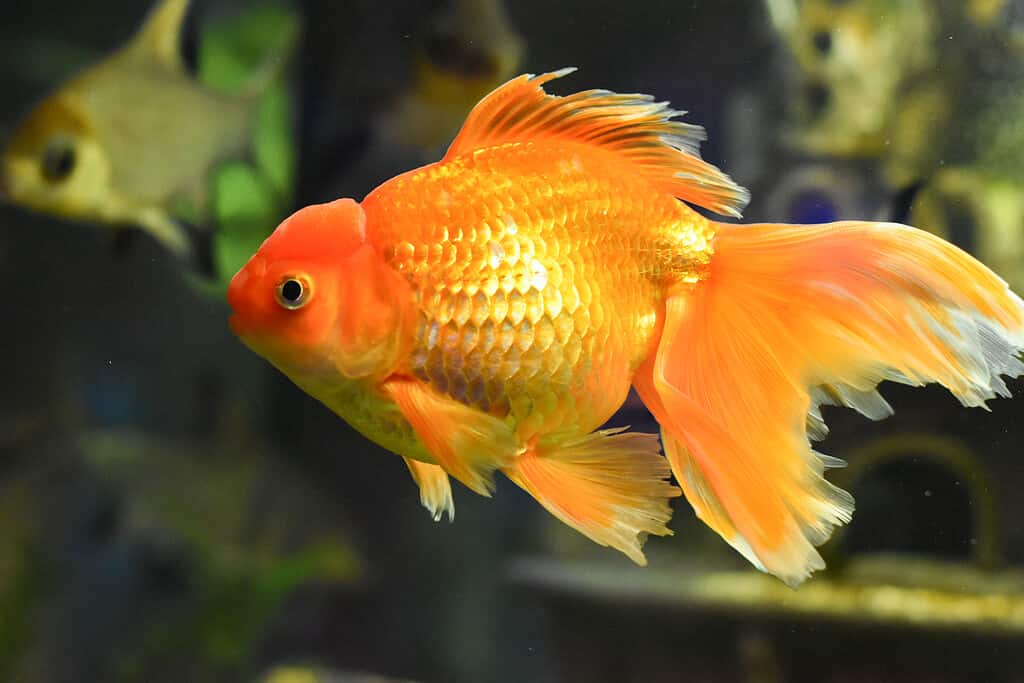
One of the primary ways goldfish protect themselves is by swimming in large groups or schools. Similar to giraffes, predators are intimidated by large numbers!
©Julia Vashurina/Shutterstock.com
Like many species of fish, goldfish do not make a noise underwater. It’s easy to assume that all fish are silent, but that’s false. Quite a few species of fish grunt, honk, and even grind their teeth! But not goldfish. Goldfish communicate with sensory perception. Their bodies are attuned to vibrations nearby, so they navigate their underwater world through their physical bodies. Goldfish will produce specific vibrations to send a message to nearby goldfish.
Crabs
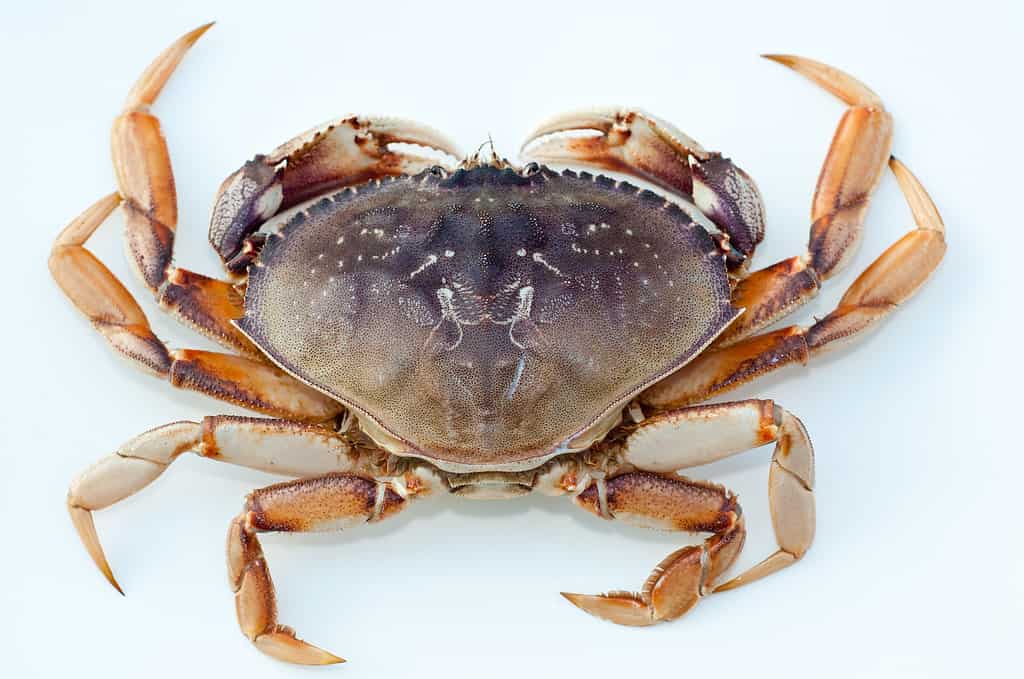
Without noise as a defense mechanism, crabs stay safe through a mix of offensive and defensive capabilities. They can poke with their claws, and their shell protects against predators.
©kyue001/iStock / Getty Images Plus via Getty Images
Crabs make the list of one of the quietest animals in the world. These crustaceans were, at one time, thought to be completely silent, but researchers recently discovered that crabs communicate some by stridulation. Stridulation refers to the rubbing together of one’s limbs to produce a noise that other crabs understand! Lots of varieties of insects use stridulation, as well.
Turtles

These reptiles use several techniques to stay safe without sound, including chemical defense. They release an irritating chemical to ward off predators.
©_jure/iStock via Getty Images
Turtles are another type of silent reptile. They are pretty quiet creatures, though not completely. Turtles have been known to click, squeak, and purr to communicate with one another. They’ll hiss, as well, as a communication technique and defensive mechanism. However, turtles also communicate nonverbally using tactile techniques. Head-bobbing and nose-touching are on the list of nonverbal communication mechanisms used by turtles!
Starfish
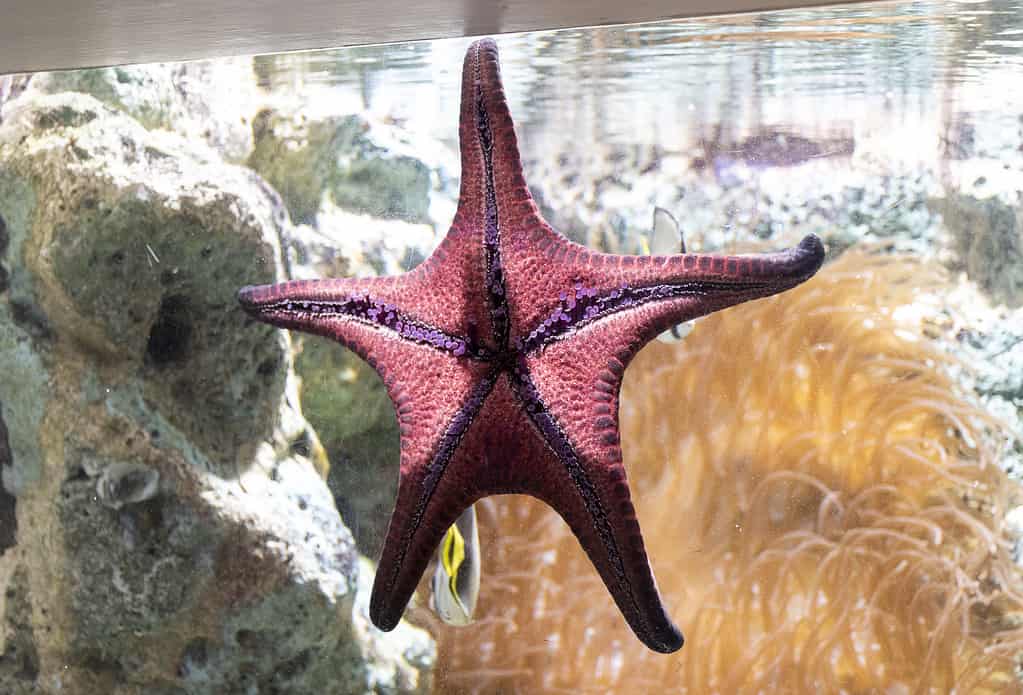
While some
starfish
use chemicals to stay safe, others are equipped with an armored body that protects them from predators.
©Ratchapon Supprasert/iStock via Getty Images
Just like many types of underwater creatures, starfish don’t communicate verbally. They, too, use chemical signals to communicate with one another. They excrete chemicals that are carried through the water to other starfish as a way of communicating. Their chemicals are also their safety mechanism. Starfish can excrete slime that is not good tasting and, sometimes, toxic to their predators.
Lizards
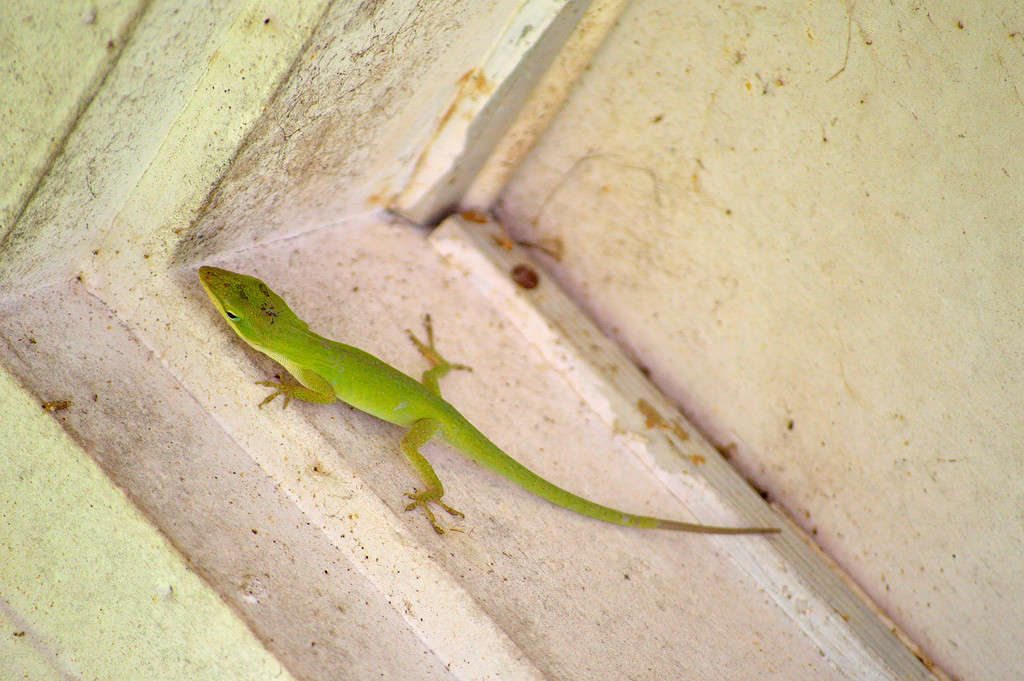
Lizards use camouflage as a primary method of staying safe without verbal communication. Interestingly enough, the creature can remain in the same spot for many hours. This makes them a great hider!
©Victoria1988/iStock via Getty Images
Another example of reptilian silence is in the lizard. Most lizards don’t use sound at all in their communication methods. One exception is the gecko, which is known to let out a big chirp. However, most other lizards exclusively use pheromone communication methods like many of the other animals on this list. Pheromones are excreted to signal various messages, and other lizards can interpret the message.
Conclusion
The quietest animals on Earth are endlessly impressive. It’s so easy to think that the biggest and noisiest animals must see the most success in the wild, but these animals prove there are plenty of other ways to communicate and stay safe. Whether through pheromone production, body language, or even a quiet chirp, these smart, adaptive creatures prove the diversity of the natural world.
It seems obvious that underwater creatures and insects couldn’t communicate verbally, but plenty of fish and bugs use noise daily. The fish and insects on this list can navigate life without a sound!
The photo featured at the top of this post is © Nacho Such/Shutterstock.com
Thank you for reading! Have some feedback for us? Contact the AZ Animals editorial team.






